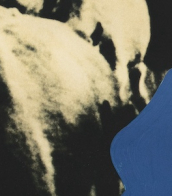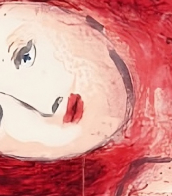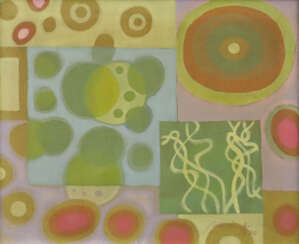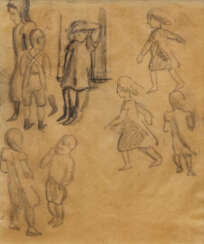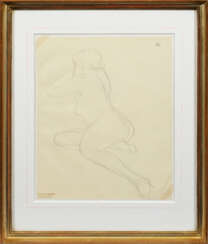11 Items by auctions and galleries:
kandinsky
Lot 120 August Macke. Kinderszenen
August Macke (1887 - 1914) 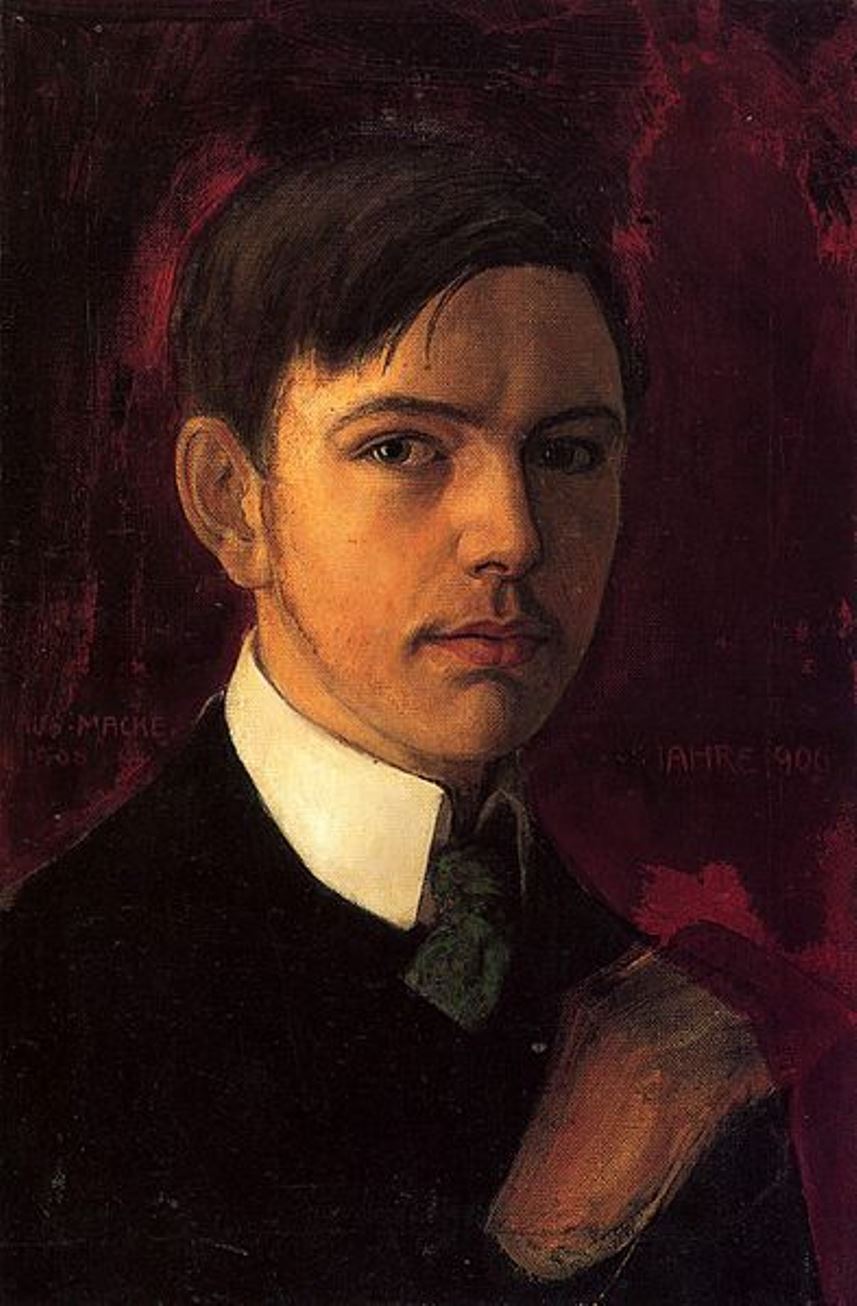 A541: Evening Sale
A541: Evening Sale 

August Macke
03.01.1887 - 26.09.1914
Germany
August Robert Ludwig Macke was an eminent German expressionist painter, founder and member of the Blue Rider association. His very colorful and individual style is today referred to as the Macke style, characterized by a harmonious combination of colors and the play of light effects. His favorite subjects of his works were sketches from the life of the city, as well as nature and man. The paintings of August Macke give an impression of joy and lightness.

VAN HAM Kunstauktionen GmbH
A541: Evening Sale
Date: 03.12.2025 18:00 UTC +01:00
Number of lots in the catalog: 519


